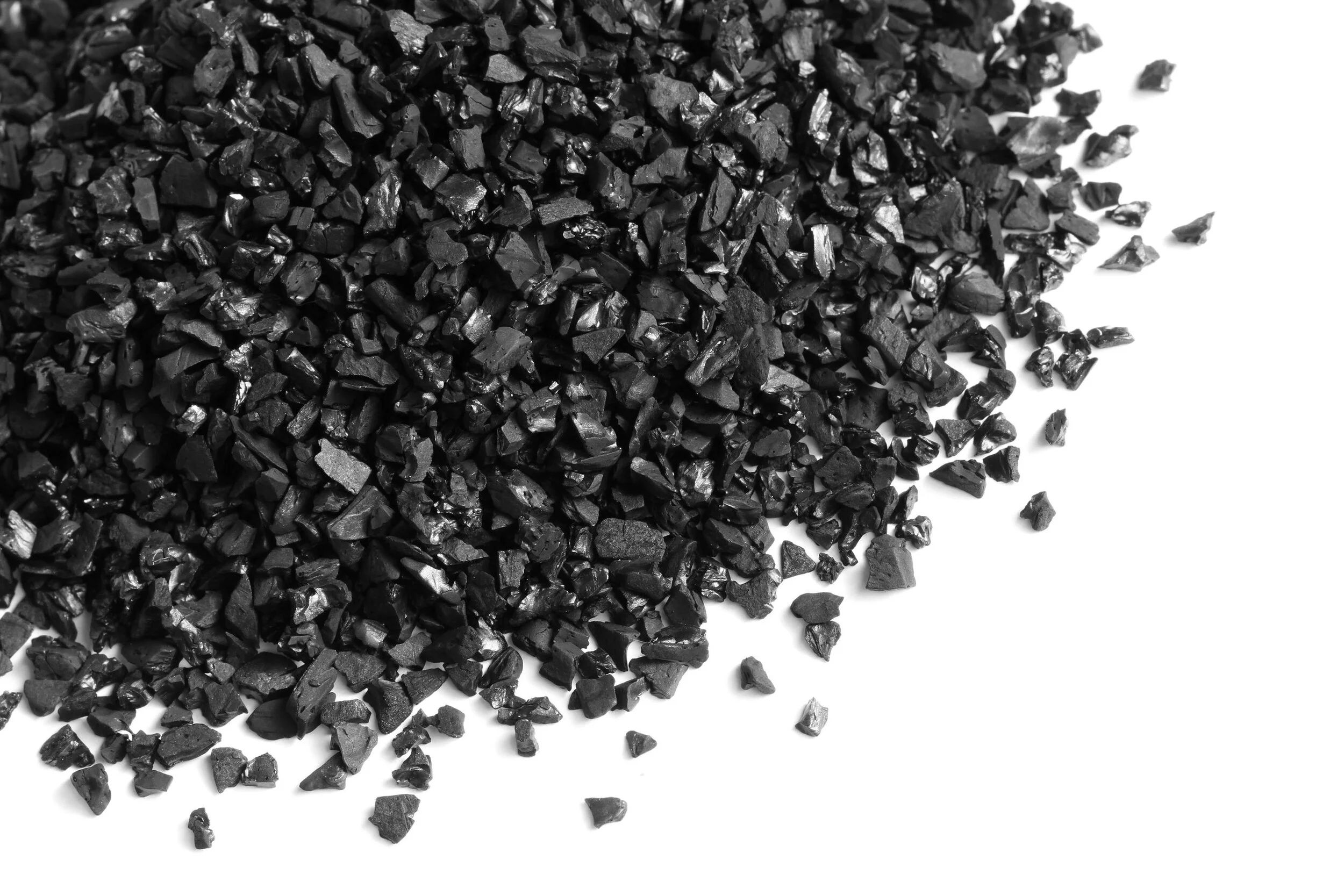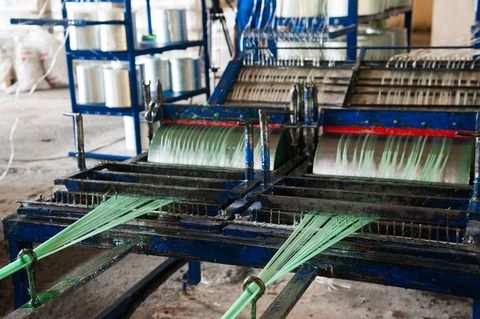Carbon Black Manufacturing Explained: Facts, Information, and Practical Suggestions
Carbon black is a fine black powder composed primarily of elemental carbon. It is produced through the incomplete combustion or thermal decomposition of hydrocarbons, such as oil or natural gas, in a controlled environment. This process results in the formation of carbon nanoparticles that aggregate into chain-like structures, giving carbon black its unique properties.
The primary purpose of carbon black is to serve as a reinforcing agent in rubber products, particularly tires. It enhances the durability, wear resistance, and thermal conductivity of rubber, thereby extending the lifespan of products like tires. Additionally, carbon black is utilized as a black pigment in inks, paints, and plastics, owing to its high tinting strength and stability.

Importance – Why It Matters Today
Carbon black plays a crucial role in various industries:
-
Tire Manufacturing: Approximately 70% of global carbon black production is used in tire manufacturing, improving the strength and longevity of tires.
-
Rubber Products: Around 20% is used in non-tire rubber goods such as belts and hoses, contributing to their durability.
-
Pigmentation: The remaining 10% is employed as a black pigment in inks, paints, and plastics, providing deep, stable color.
-
Electronics: Carbon black is also used as a conductive agent in lithium-ion batteries and other electronic components.
The global demand for carbon black is on the rise, driven by the growth in automotive production, infrastructure development, and the increasing use of electronics. The global carbon black market is projected to grow significantly over the coming years.
Recent Updates – Trends and Developments
In recent years, several developments have influenced the carbon black industry:
-
Market Growth: The global carbon black market continues to expand with increasing demand across multiple sectors.
-
Regulatory Changes: Stricter environmental regulations are being implemented globally, impacting production processes and emissions standards.
-
Technological Advancements: Innovations in production technologies are leading to more efficient and sustainable manufacturing practices.
-
Supply Chain Dynamics: Changes in raw material availability and transportation logistics are affecting the global supply chain for carbon black.
Laws or Policies – Regulations Affecting Carbon Black Manufacturing
Carbon black manufacturing is subject to various regulations aimed at controlling emissions and ensuring environmental sustainability:
-
Emission Standards: Many countries have established stringent emission standards for industrial processes, including carbon black production, to reduce air pollution and greenhouse gas emissions.
-
Trade Policies: International trade agreements and policies can impact the import and export of carbon black, influencing market dynamics and pricing.
-
Safety Regulations: Occupational health and safety regulations are in place to protect workers involved in the production and handling of carbon black.
-
Environmental Impact Assessments: Manufacturers may be required to conduct environmental impact assessments to evaluate and mitigate the ecological effects of their operations.
Tools and Resources – Helpful Tools and Services
Several resources are available to support those interested in the carbon black industry:
-
Industry Associations: Organizations provide information on industry standards, safety guidelines, and market trends.
-
Regulatory Agencies: National and international regulatory bodies offer guidelines and regulations pertinent to carbon black manufacturing.
-
Market Research Reports: Firms provide in-depth analyses of market trends, forecasts, and competitive landscapes.
-
Safety Data Sheets: Manufacturers and suppliers provide safety data sheets detailing the handling, storage, and disposal of carbon black.
-
Training Programs: Various institutions offer training programs on environmental compliance, safety standards, and technological advancements in carbon black production.
FAQs
1. What is carbon black used for?
Carbon black is primarily used as a reinforcing agent in rubber products, especially tires. It is also utilized as a black pigment in inks, paints, and plastics, and as a conductive agent in electronic components.
2. How is carbon black produced?
Carbon black is produced through the incomplete combustion or thermal decomposition of hydrocarbons like oil or natural gas in a controlled environment, resulting in fine carbon particles.
3. What industries rely on carbon black?
Industries such as automotive (for tire manufacturing), rubber goods, paints and coatings, plastics, and electronics heavily rely on carbon black for various applications.
4. Are there environmental concerns associated with carbon black production?
Yes, carbon black production can generate emissions that contribute to air pollution. Many countries have implemented strict environmental regulations to control these emissions.
5. What are the market trends for carbon black?
The global carbon black market is experiencing growth, driven by increased demand in automotive production, infrastructure development, and electronics. Technological advancements and regulatory changes are also influencing market dynamics.
Conclusion
Carbon black is a vital component in numerous industries, enhancing the performance and durability of products ranging from tires to electronic components. Understanding its manufacturing process, applications, and the regulatory landscape is essential for stakeholders in the industry. As global demand continues to rise, staying informed about market trends and regulatory developments will be crucial for navigating the evolving carbon black market.







